pv magazine: Last March, you said industrial trials with your customers were underway, and that the goal was to offer rPET material backsheets across the entire range of Mylar UVHPET products. How did the trials go, and has the goal been achieved?
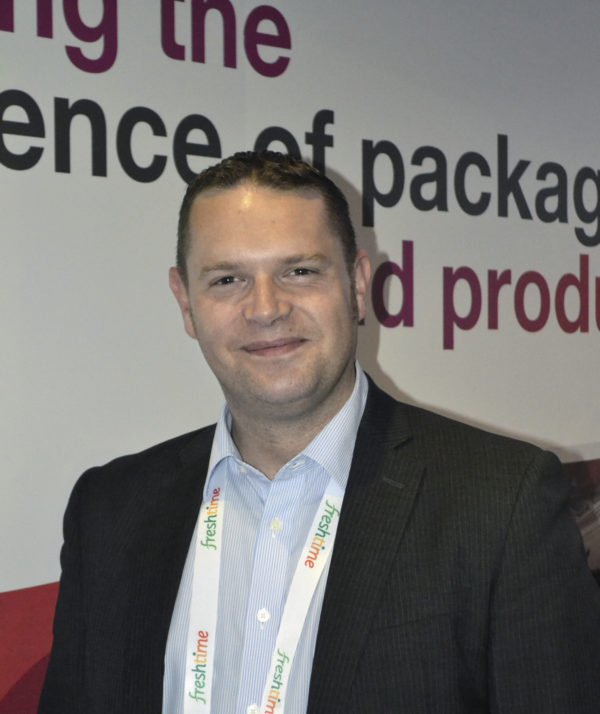 Steven Davis, EMEA market manager, DuPont Teijin Films: We have successfully manufactured a number of different Mylar UVHPET grades with post-consumer and post-industrial recycled content utilizing the LuxCR depolymerization process based at our plant in Luxembourg – a development that we were really proud to receive the Intersolar award 2021 for. Our partner Coveme then converted these into a range of backsheet structures for 1000 and 1500V applications, and those industrial trials have been successful with the film passing all of our weathering protocols. We are confident that backsheets with recycled content is a technically viable option, reducing the carbon footprint of our products and importantly giving another life to plastic waste.
Steven Davis, EMEA market manager, DuPont Teijin Films: We have successfully manufactured a number of different Mylar UVHPET grades with post-consumer and post-industrial recycled content utilizing the LuxCR depolymerization process based at our plant in Luxembourg – a development that we were really proud to receive the Intersolar award 2021 for. Our partner Coveme then converted these into a range of backsheet structures for 1000 and 1500V applications, and those industrial trials have been successful with the film passing all of our weathering protocols. We are confident that backsheets with recycled content is a technically viable option, reducing the carbon footprint of our products and importantly giving another life to plastic waste.
How much recycled content can now be incorporated in your products?
Although higher levels are technically possible, we are targeting 33% content as we believe it gives a significant carbon footprint reduction and is consistent with various pieces of legislation in different markets which target 30 % recycled content as a benchmark.
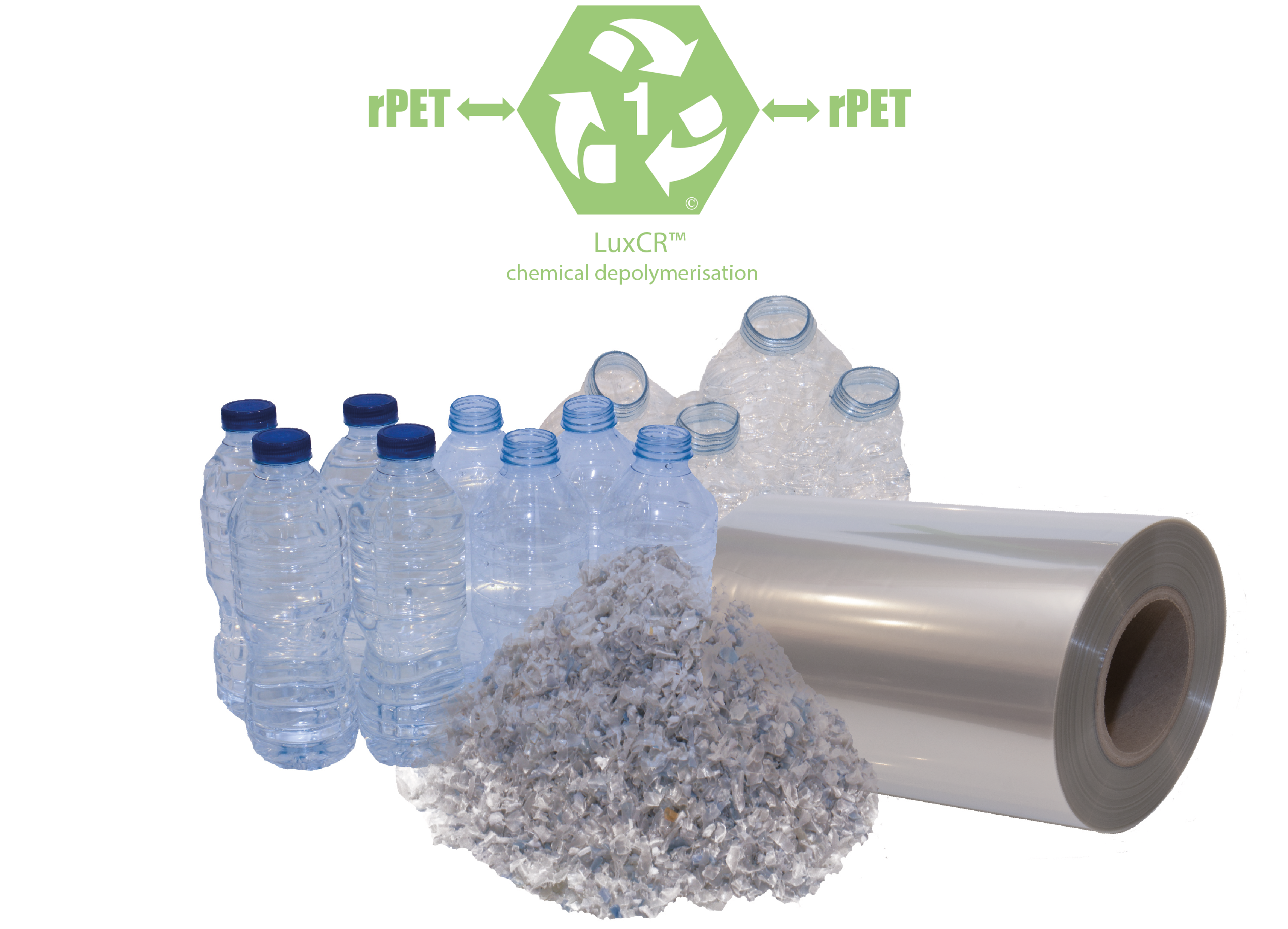
You also mentioned that DuPont Teijin Films is in the process of running proof of principle trials to demonstrate the commercial feasibility of a true closed loop recycling process, where PV backsheets can be recovered and used as a raw material for new production. What progress have you made here?
Working with Coveme and ENEA, the Italian National Agency for new technologies, energy and sustainable economic development, we were able to demonstrate that backsheets can be successfully separated from the rest of the solar module, and then this recovered material can be recycled via glycolysis into two distinct plastic fractions.
The high value fraction is the recovered monomer (BHET), and we were able to demonstrate that the purity of this material was similar to virgin material and suitable for subsequent conversion into high end PET applications including backsheet films. The residual fraction was made up of the primer and adhesive layers and this was suitable as a feedstock for pyrolysis or energy recovery.
We are actively pursuing this concept and are looking for partners to run industrial scale size trials, partly to generate more data but most importantly to test out the economic viability of this process in the future.
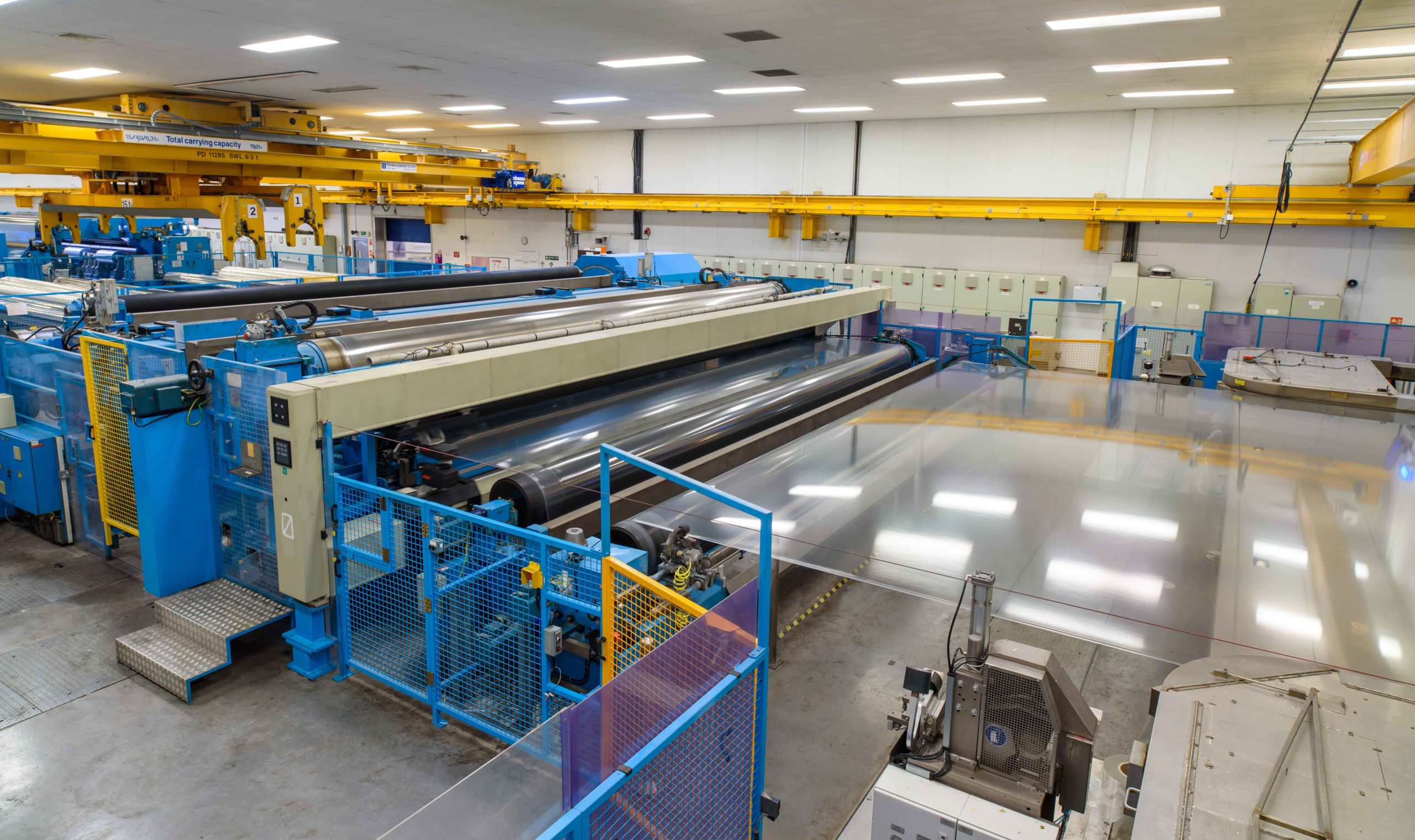
What are you focusing on in 2022?
In terms of product development our key focus is the continued scale up of clear films for both frontsheet and backsheet applications. From a sustainability perspective there is a significant carbon footprint saving by using Mylar UVHPET based clear backsheets when compared to fluorinated alternatives and particularly compared to double glass modules.
On the broader topic of sustainability, I believe our key task is to continue to present our test data and to share the track record of Mylar UVHPET based backsheets to make the case that a more sustainable backsheet is possible without compromising on product performance.
As the amount of modules reaching their end of life continue to rise we are already starting to see issues with the safe and economic disposal of a plastic fraction with a high level of fluorinated material already hitting the limits for disposal. This issue is going to continue to grow, and I think it is critical that we design for recycling now, and only use hazardous materials in module manufacture where there is a clear technical benefit of doing so.
The most important role a backsheet has is protecting the solar module throughout its lifetime, and the other issue we are spending resources on investigating is the growing use of coated backsheets, and whether these relatively thin, soft coatings can really protect modules from the kind of damage that can occur in the transit, installation, and maintenance of modules, and critically in harsh climates such as deserts where damage from sand can be a real issue. We now have a lot of data to show that certain coatings do not provide adequate protection in our opinion, and that potentially the drive for cost reductions is compromising product performance.
What other sustainability advancements has DuPont Teijin Films been working on?
It is a cliché, but sustainability really is a journey and like everyone else we are continually learning more about this topic. We are actively looking to engage with our customers and suppliers on this topic, which I believe is especially important as we all focus on how to reduce our scope 1, 2, and 3 emissions. We recently achieved a gold rating from EcoVadis which ranks us in the top 6% of comparable companies when it comes to sustainability which we are very proud of, and we continue to integrate best practice from Operation Clean Sweep into all of our manufacturing facilities.
This content is protected by copyright and may not be reused. If you want to cooperate with us and would like to reuse some of our content, please contact: editors@pv-magazine.com.
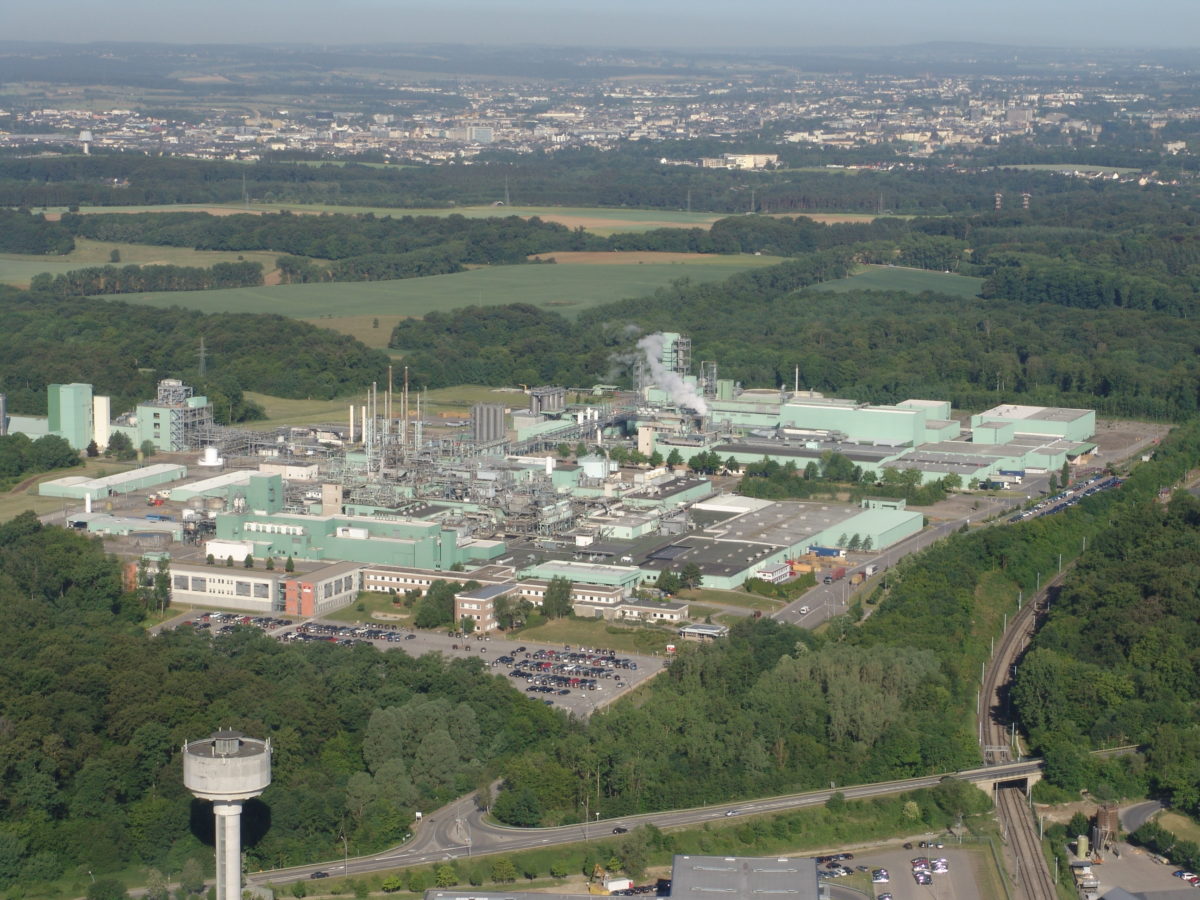
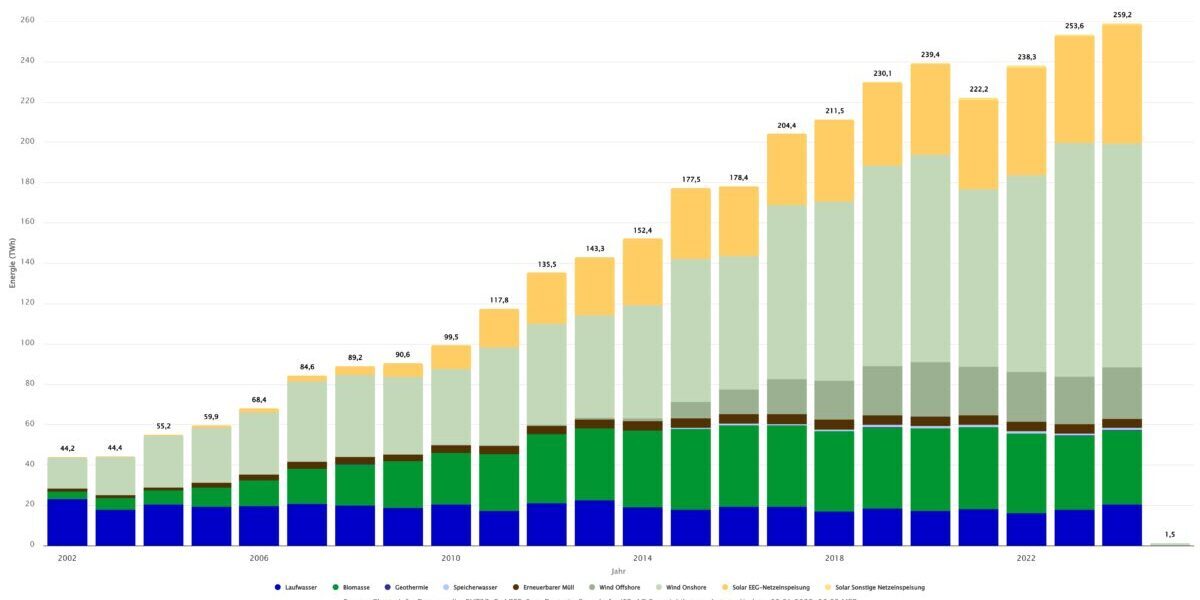


1 comment
By submitting this form you agree to pv magazine using your data for the purposes of publishing your comment.
Your personal data will only be disclosed or otherwise transmitted to third parties for the purposes of spam filtering or if this is necessary for technical maintenance of the website. Any other transfer to third parties will not take place unless this is justified on the basis of applicable data protection regulations or if pv magazine is legally obliged to do so.
You may revoke this consent at any time with effect for the future, in which case your personal data will be deleted immediately. Otherwise, your data will be deleted if pv magazine has processed your request or the purpose of data storage is fulfilled.
Further information on data privacy can be found in our Data Protection Policy.